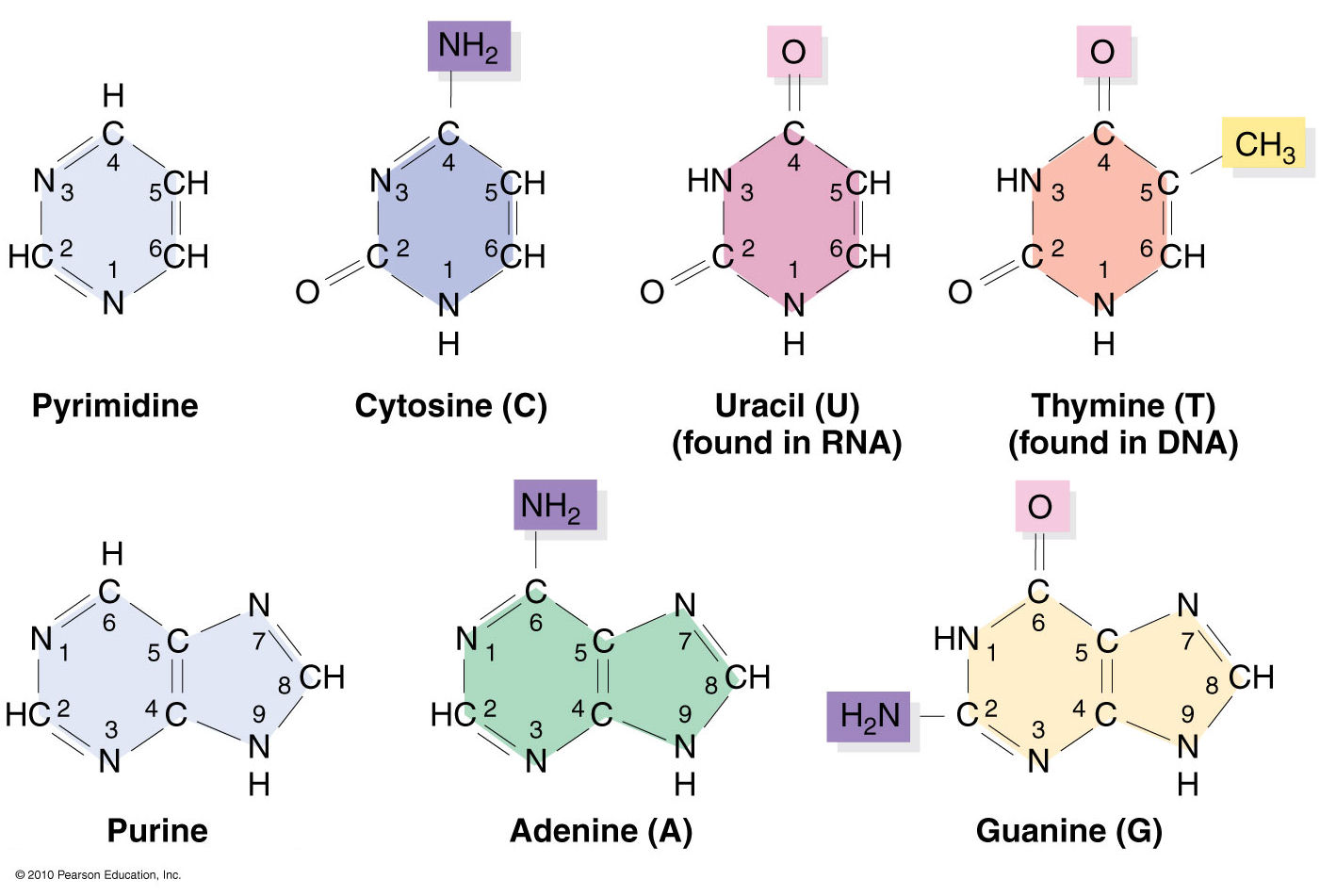

So tRNA and amino acids, you're able to construct proteins.

So you go from messenger RNA, and then in conjunction, so this is all, this is in conjunction with tRNA and amino acids, so let me say "+tRNA," and "amino acids." And I'll write "amino acids" in, I'll write it in a brighter color, since that's going to be the focus of this video. And then you wanna go from that messenger RNA, it goes to the ribosomes and then tRNA goes and grabs amino acids, and they form actual proteins.

"Transcription," we go into a lot of detail on this in other videos. "Messenger RNA," and this process right over here, this is called transcription. The first step is to go from DNA to RNA, and in particular, messenger RNA. And that process, the first step, and this is all a review that we've seen in other videos. And to produce an organism, you somehow have to take that information in the DNA, and then produce things like a structural molecules, enzymes, transport molecules, signaling molecules, that actually do the work of the organism. So DNA producing more DNA, we call that, we call that replication, but just being able to replicate yourself on its own isn't enough to actually produce an organism. And DNA has some neat properties, it can replicate itself, and we go into a lot of depth on that in other videos. If we didn't have DNA, there would be no way of keeping the information that makes us us, and other organisms what those organisms are. DNA gets a lot of attention as the store of our genetic information, and it deserves that. †Note: None of the other standard amino acids share this feature. §Note: For more on the diversity of amino acids see: Proline's unique† ring structure means that it puts a "kink" in the polypeptide chain - this tends to break up secondary structures (e.g. That being said, I would agree that the amino acids with non-polar side-chains are the most strongly amphipathic. 1) There are actually thousands of amino acids§, but of the ones commonly found in proteins all except glycine are chiral and so will have D- and L- forms.Ĭonfusingly, D- and L- are not related to the direction that light is rotated!Ģ) Yes, each amino acid will have an isoelectric point and will exist as a zwitterion at that pH.ģ) Like many things, it is more a question of to what degree something is amphipathic rather than whether it is or is not amphipathic.


 0 kommentar(er)
0 kommentar(er)
